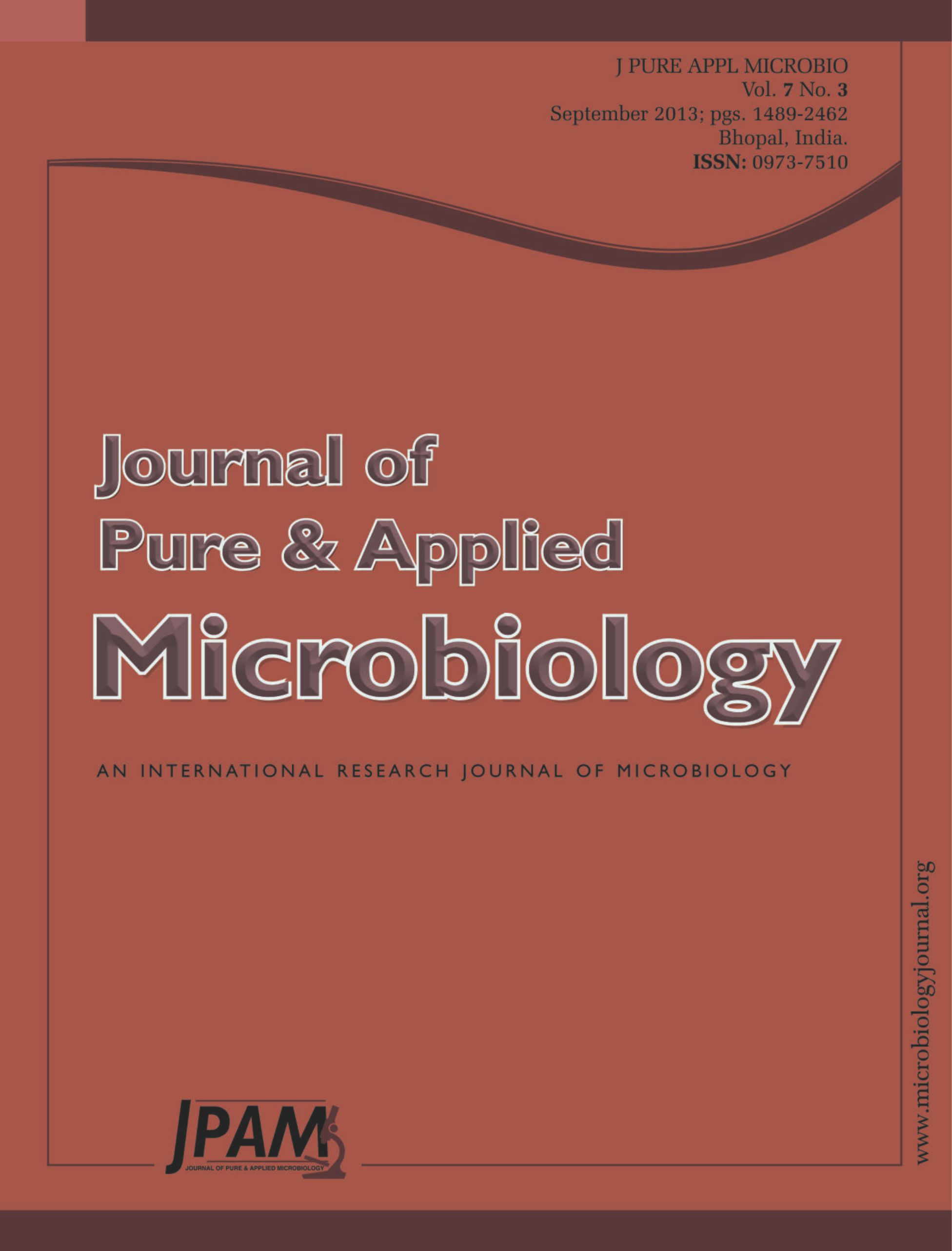A low-temperature lactic acid bacteria(LAB) LAC-1 consortium was screened for treating corn stover from silage at 10 oC . The bacterial composition and microbial diversity of fermentation systems were analyzed by cloning and sequencing of 16S rDNA library. The changes in feed composition after LAC-1 inoculation were also determined.The results showed that LAC-1 consisted of senven Lactobacillus strains. After LAC-1 was inoculated in corn stover, Lactobacillus dominated the fermentation system and the ration was 82.5% among microbial compostion. While harmful strains such as Enterobacteriaceae, etc. dominated in the control treatment,. Meanwhile, the contents of acetic acid, lactic acid, glycerol, and crude protein (CP) of feed were increased, and the contents of propionic acid, butyric acid, acid detergent fiber (ADF) and neutral detergent fiber (NDF) were decreased by inoculation. The inoculated-LAC-1 well colonized and dominated in the fermentation system, significantly inhibited the proliferation of harmful bacteria and improved the feed quality.
Low-temperature consortium, Microbial diversity, Inoculation, Corn stover, Feed
© The Author(s) 2014. Open Access. This article is distributed under the terms of the Creative Commons Attribution 4.0 International License which permits unrestricted use, sharing, distribution, and reproduction in any medium, provided you give appropriate credit to the original author(s) and the source, provide a link to the Creative Commons license, and indicate if changes were made.


